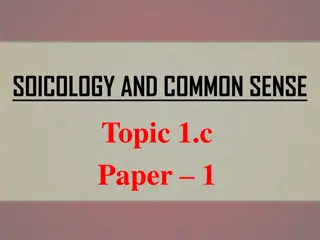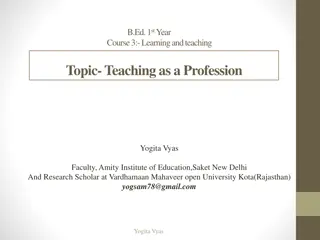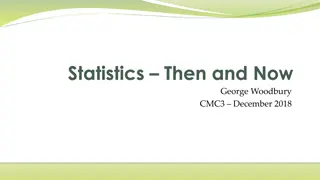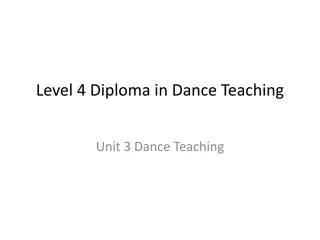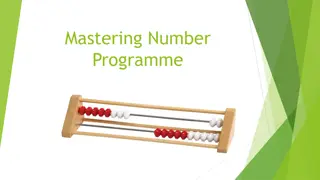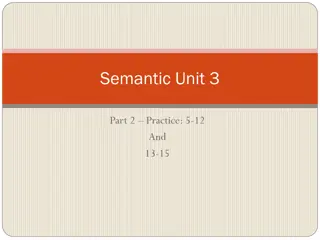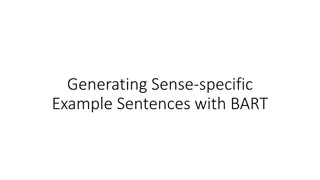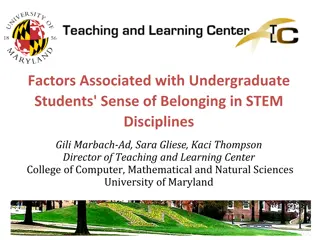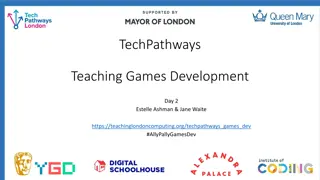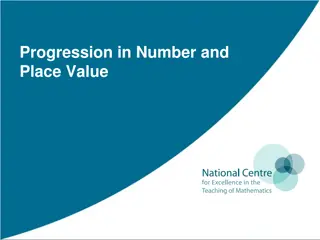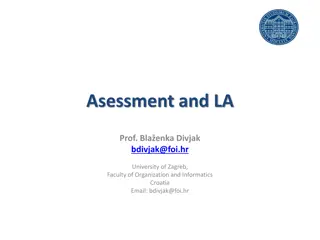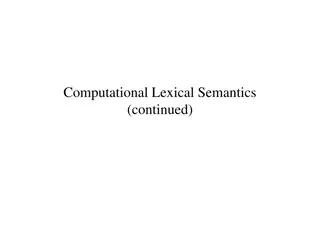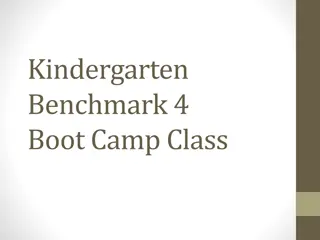Understanding Number Sense in Children: Development and Teaching Methods
Explore the concept of number sense, its development in children, effective teaching methods, and the impact of research findings on classroom practice. Learn about numerical fluency, components of number sense, and the role of place value, quantity, relationships, and symbols. Discover how to enhance children's mathematical abilities through various strategies and activities.
Download Presentation

Please find below an Image/Link to download the presentation.
The content on the website is provided AS IS for your information and personal use only. It may not be sold, licensed, or shared on other websites without obtaining consent from the author. Download presentation by click this link. If you encounter any issues during the download, it is possible that the publisher has removed the file from their server.
E N D
Presentation Transcript
Number Sense Cherri Moseley
Outcomes What is number sense? How does children s number sense develop? What are the most effective teaching methods and resources? How can research findings inform classroom practice?
Overview of the session Definitions Activities Strategies Pedagogy
What is number sense? Mcintosh et al (1992) Number sense reflects an inclination and an ability to use numbers and quantitative methods as a means of communicating, processing and interpreting information. It results in an expectation that mathematics has a certain regularity. Number sense refers to a person s general understanding of number and operations along with the ability and inclination to use this understanding in flexible ways to make mathematical judgments and to develop useful strategies for handling numbers and operations.
Examples of numerical fluency or number sense? 20 + 30 = 50 + 7 = 57 + 8 = 65 Which is bigger? or 3/7 If you know 7 x 8 = 56 0.125 x 0.8 0.1 3 2 x 1.5
Possible components of number sense Place value Quantity Relationships Symbols Vocabulary Representations Operations Pattern
Place value Positional place value is where the digit of a number is placed, e.g. in 345, the digit 3 is positioned in the hundreds. Additive place value is when all the individual values of the digits are added together to give the whole number e.g. 300 + 40 + 5 = 345 Multiplicative place value is when we multiply the digit by its position to get its true value Rising Stars Mathematics
1000 2000 3000 4000 5000 6000 7000 8000 9000 100 200 300 400 500 600 700 800 900 10 20 30 40 50 60 70 80 90 1 2 3 4 5 6 7 8 9 0.1 0.2 0.3 0.4 0.5 0.6 0.7 0.8 0.9 0.01 0.02 0.03 0.04 0.05 0.06 0.07 0.08 0.09
Quantity Counting Subitising Number system Magnitude
Relationships Fact families Derived facts Connections: commutative associative distributive inverse equivalence
Symbols What is a symbol? Zero Equivalence and inequalities 4
Vocabulary The importance of using the correct vocabulary augend + addend = sum minuend subtrahend = difference multiplicand x multiplier = product and factor x factor = multiple dividend divisor = quotient
Representations Pictorial and concrete Are your classroom resources accessible e.g. trugs? 13
Operations 18 x 5 A farm shop sells about 72 eggs each day. How many days will 300 eggs take to sell? What time will the last egg be sold? When arithmetic is taught as a logical structure of connected processes and results, rather than a sequence of standard procedures, children will learn that there is flexibility and choice in solving problems. (Anghileri, 2000, p.139)
Pattern What s in the box? What patterns exist?
The pedagogy of number sense Open Flexible Mistakes/misconceptions Pair and group work Making connections Less is more Playing More than one answer/method/explanation One question five different ways
Possible components of number sense Place value Quantity Relationships Symbols Vocabulary Representations Operations Pattern
Where is it going? Look at the sample GCSE questions Which number sense strategy or strategies would you use to solve the question?
Outcomes What is number sense? How does children s number sense develop? What are the most effective teaching methods and resources? How can research findings inform classroom practice?
If teaching approaches change so that children learn connections then the outcome could be a new generation of mathematical thinkers who will be autonomous learners driven on by their fascination with numbers Anghileri, 2000, p.138
Cherri Moseley cherri.moseley@btopenworld.com






